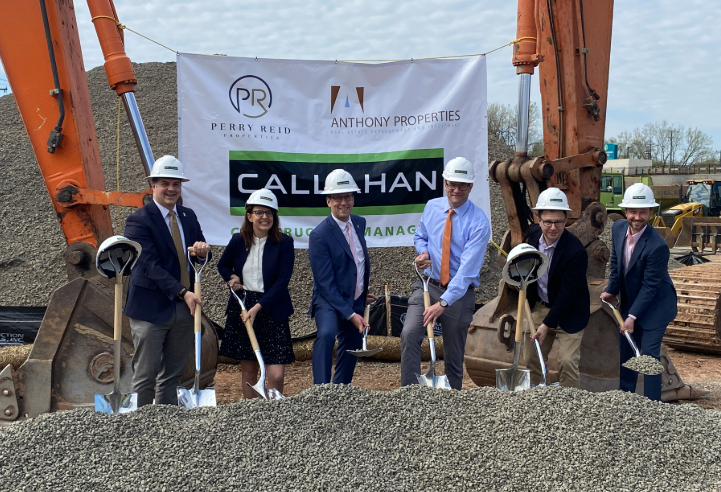News: Connecticut
Posted: February 14, 2013
Burlington - Rated top town and ready for business growth
In 2012, Burlington was rated the "#1 Small Town" by Hartford Magazine based on education, economics and quality of life. Situated west of the Farmington River and known for its rich natural resources, over 40% of Burlington's land is owned by municipal water companies.
Burlington is an historic, rural community. However, between 1980 and 2010, its population increased by 39% to nearly 10,000 residents. Growth was almost entirely fueled by single-family home construction. Conversely, between 1995 and 2007, the community lost 67% of its vacant industrial land and 3% of its commercial land to residential development. Sharp increases in the residential tax burden to expand public education and infrastructure defined a clear need for long-range planning.
In 2002, Burlington's Economic Development Commission began to gather community opinion on the locations and types of businesses that the community would like to achieve. Survey results led to the development of an Economic Development Strategy to : (1) Strengthen the town center concept by reducing linear or strip development; (2) Provide a mix of goods and services to meet the needs of residents and keep business activity in Burlington; (3) Encourage mixed-use development within a pedestrian-friendly, one-stop environment; (4) Create opportunities for housing in the town center to encourage a variety of housing types and "walk-to" business customers; (5) Strengthen the role of traditional destinations such as churches, financial institutions and the public library with compatible new development; (5) Enhance the historically significant area through sensitive adjacent development and pedestrian connections; and (6) Define the limits of the town center with signage and streetscape treatments.
Burlington's 2009 Plan of Conservation and Development echoed this strategy and made specific recommendations that the town has implemented during the past three years. The town center area is now defined to be congruent with the boundaries of a new central business district and overlay zone. A consultant was hired with expertise in community development and planning. The planning & zoning commission created a new mixed-use and multifamily housing zoning regulation that allows for greater design flexibility and a higher density of residential development than anywhere else in town.
The town has also made monetary investment along with the support of state and federal funds. The public water supply line was extended east along the entire frontage of the central business district. A current plan will extend it north on Library Lane, the hub of town center. These efforts have attracted new businesses and existing business expansions. There have been three commercial site plans approved since the central business district zone was adopted, two industrial site plan approvals, and one four-lot commercial subdivision. Burlington is now well-positioned to build on these successes.
In 2012, the board of selectmen established the village plan and development committee to prepare master plans, develop public consensus, and make recommendations to local policymakers. The committee brings together business owners, residents, developers, and town officials. Among its results, a public-private partnership was initiated with a developer, the town, and Burlington's landmark Congregational Church to allow the design and reconstruction of Library Lane to create access to an eight-acre vacant parcel of commercial land and ultimately link with 16 additional acres of commercially viable land.
Burlington's goal of a having a comprehensive plan is clearly in sight for 2013. We fully encourage and support the involvement of interested businesses and developers. For more information, visit www.burlingtonct.us.
Tod Kallenbach is the chairman of the Burlington Economic Development Commission, Burlington, Conn.
Tags:
Connecticut
MORE FROM Connecticut
Highcap Group brokers $41.1 million sale of two building multifamily portfolio
Norwalk, CT Highcap Group has completed the sale of two luxury multifamily properties with a total of 120 units for a combined purchase price of $41.4 million.







.png)
